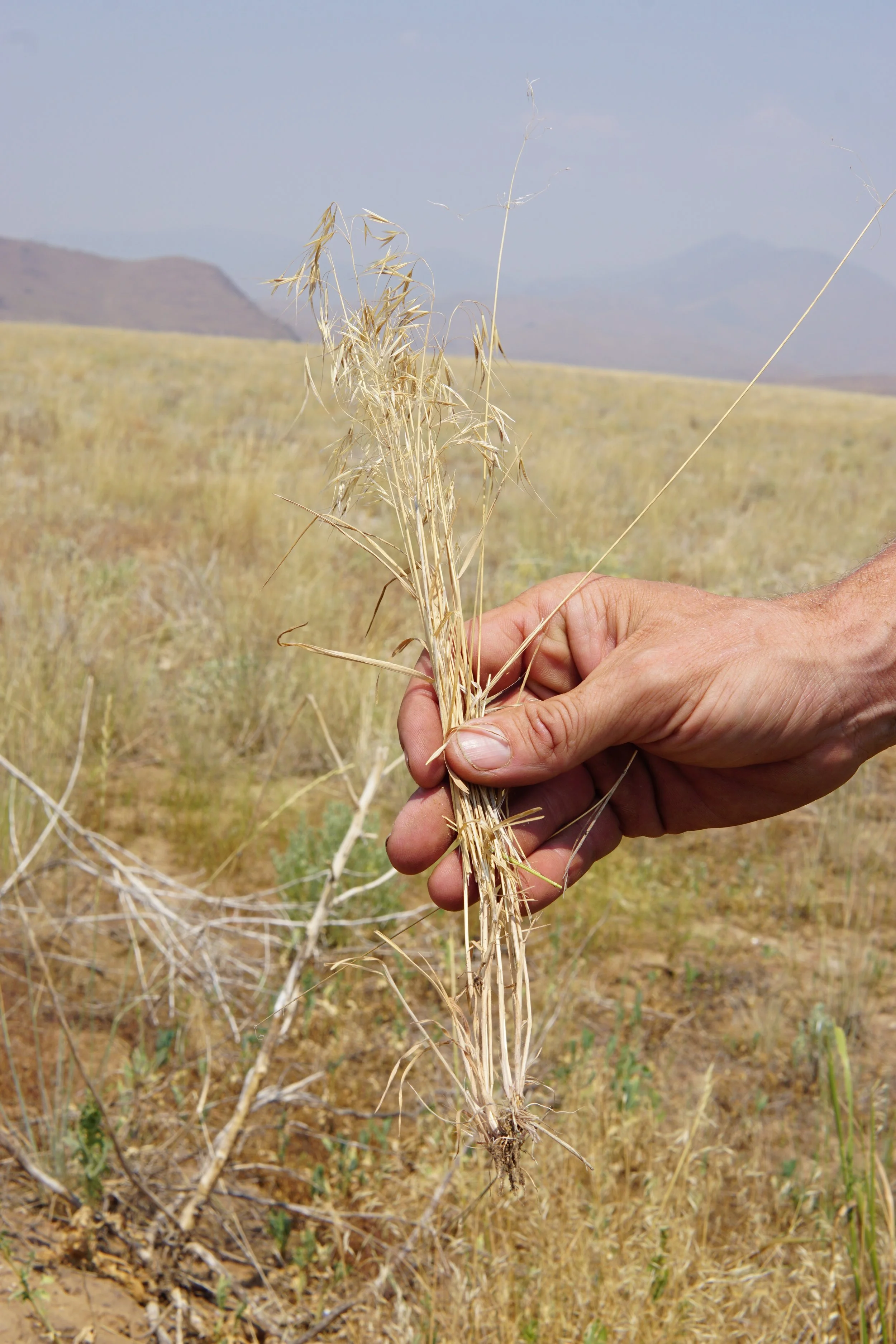In this virtual workshop, hosted by University of Wyoming’s Institute for Managing Annual Grasses Invading Natural Ecosystems (IMAGINE), watchers will learn about guiding principles, strategic planning processes, tools, and tactics for managing invasive annual grass invasion in sagebrush country.
Read MoreFor the BLM Fuels Management team out of Socorro, New Mexico, finding out what fuels treatments work and which ones need to be tweaked is a matter of being knowledgeable about the land and the processes at work on it.
Read MoreLow-intensity fire has kept ecosystems in southwest Montana in balance for thousands of years. The Southwest Montana Sagebrush Partnership is working to maintain that balance.
Read MoreWith this project funded by the Bipartisan Infrastructure Law, partners are hopeful their quick work will help them get ahead of incoming cheatgrass and the threats this plant poses.
Read MoreThe paper’s author, Michele Crist, answers a few questions about her recent analysis and what management implications this work revealed.
Read MoreThe study and its authors specifically discuss conditions on BLM allotments and provide management implications for utilizing remote sensing tools combined with field-based data collection and observation.
Read MoreA report published today by a team of scientists from a dozen organizations provides a product designed to boost efforts by land and wildlife managers to restore and conserve the imperiled sagebrush ecosystem across the full extent of its range, which covers more than 165 million acres.
Read MoreThe USGS worked closely with partners in the BLM, USFWS, and IWJV to collect and summarize spatial datasets that describe where and how much invasive annual grasses have infested the sagebrush biome.
Read MorePartners in Central Idaho are addressing cheatgrass and other invasive annual grasses to help protect core sagebrush habitat across the region.
Read More








